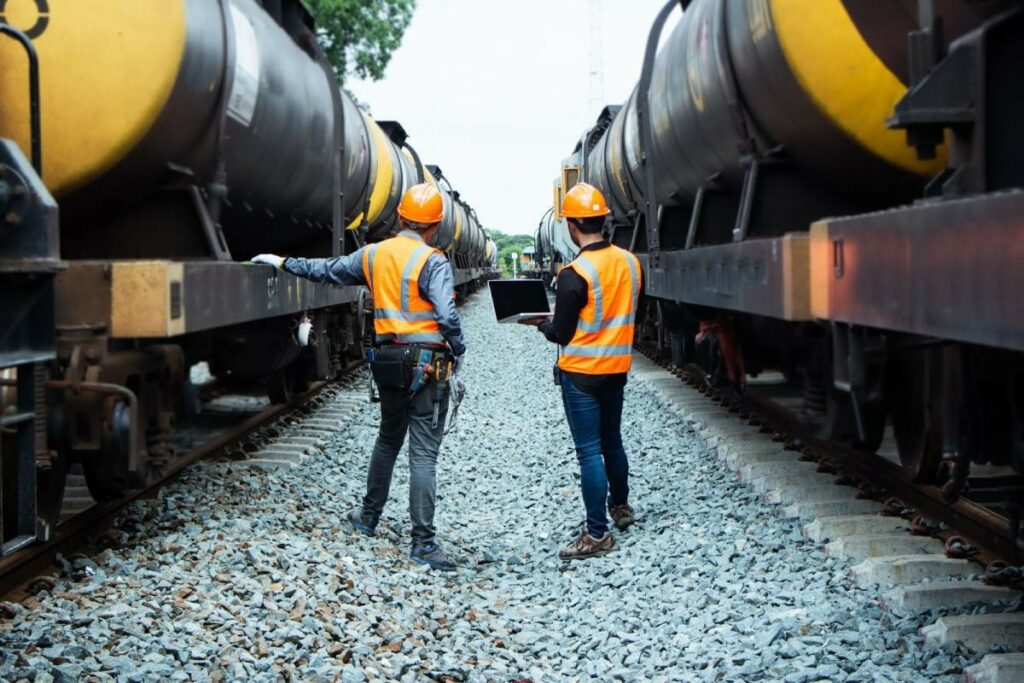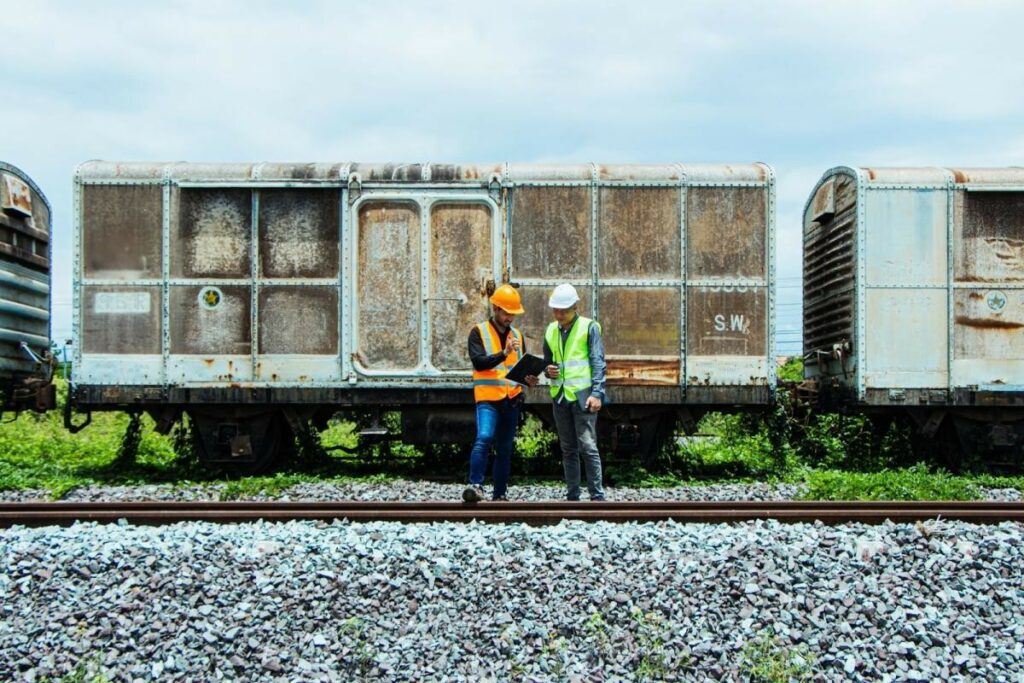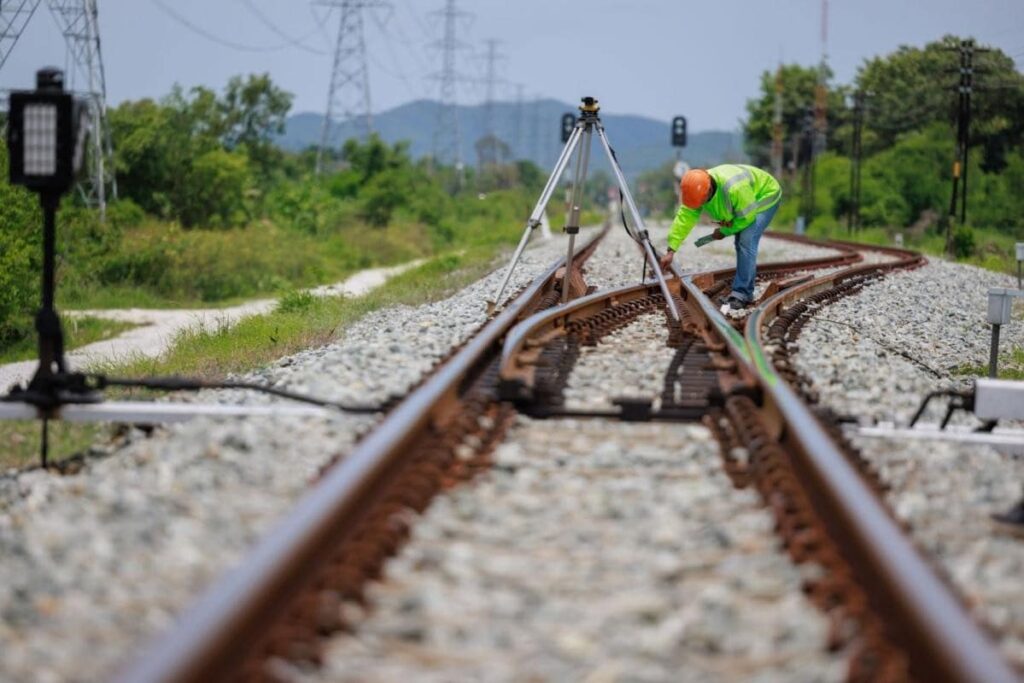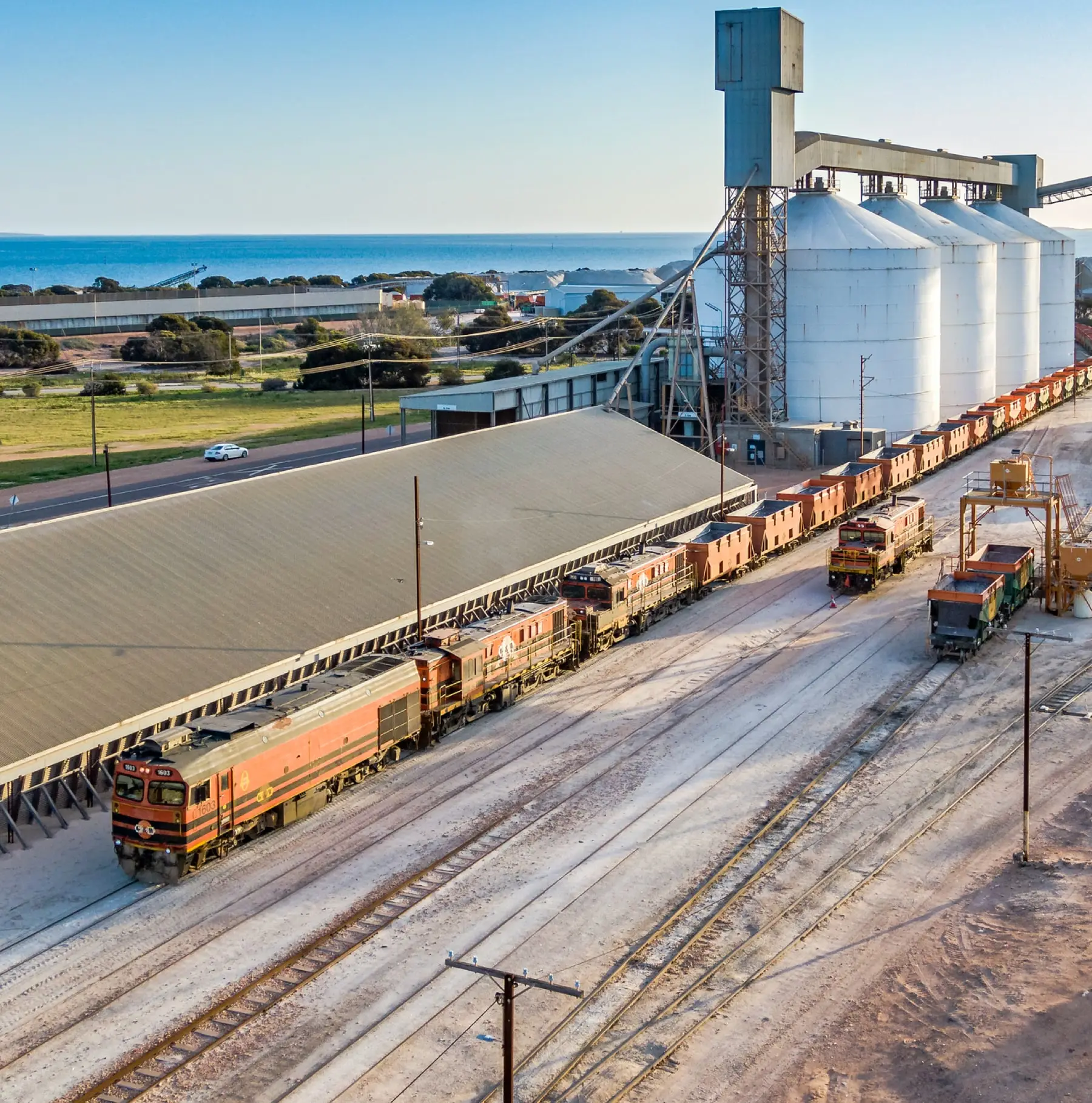Maintaining the safety and reliability of railroad infrastructure is paramount for the transportation industry. Within this realm, proactive and reactive track inspections serve as vital strategies to ensure the integrity of rail networks. Understanding the differences between these approaches can shed light on how rail operators prioritize safety and address maintenance challenges.
Proactive Track Inspections: Safeguarding Against Potential Risks
Proactive track inspections are akin to preventive check-ups for rail infrastructure. These inspections follow a predetermined schedule or set of criteria, aiming to identify and address potential issues before they escalate into safety hazards or operational disruptions.
One of the key advantages of proactive inspections is their systematic nature. By conducting assessments at regular intervals, rail operators can maintain a proactive stance towards maintenance, addressing wear and tear in a timely manner. Techniques employed during proactive inspections include visual inspections, track geometry measurements, and automated monitoring systems.

Moreover, proactive inspections enable rail operators to plan maintenance activities efficiently. By identifying maintenance needs in advance, they can allocate resources, schedule repairs, and minimize the impact on service operations. This proactive approach contributes to overall safety and reliability while reducing the likelihood of unexpected incidents.
Reactive Track Inspections: Addressing Emergencies with Agility
While proactive inspections focus on prevention, reactive track inspections are triggered by specific events or emergencies. These inspections are unplanned and conducted in response to incidents such as track irregularities, equipment failures, or derailments.
The primary goal of reactive inspections is to assess and address immediate concerns to restore safe operations and minimize disruption to rail services. Unlike proactive inspections, which are scheduled in advance, reactive inspections require rapid response and deployment of inspection teams equipped with specialized tools and equipment.
Reactive inspections play a crucial role in mitigating the impact of unforeseen events on railroad operations. They allow rail operators to identify the root causes of incidents swiftly, assess the extent of damage, and implement necessary repairs or corrective measures. However, reactive inspections are generally considered less preferable than proactive inspections due to their reactive nature and associated costs.

Balancing Proactivity and Reactivity for Optimal Safety
While proactive and reactive track inspections serve distinct purposes, achieving optimal safety requires a balanced approach that incorporates elements of both strategies. Proactive inspections form the foundation of a robust maintenance program, enabling rail operators to anticipate and address potential risks systematically.
However, reactive inspections remain essential for addressing emergencies and unforeseen events that may arise despite proactive measures. By integrating proactive and reactive approaches, rail operators can enhance the resilience of their infrastructure and maintain a high level of safety and reliability across their networks.
Where trackAsset Comes In
TrackAsset offers a comprehensive solution revolutionizing railroad track inspections, seamlessly integrating advanced features to streamline operations and elevate safety standards:
- Effortless Inspection Process: trackAsset provides an intuitive, paper-free platform that simplifies the entire inspection process, eliminating the need for cumbersome paperwork.
- Robust Scheduling Engine: With its powerful scheduling engine, inspectors can efficiently plan and execute inspections, ensuring adherence to safety protocols and regulatory requirements.
- Enhanced Fieldwork Experience: The user-friendly GPS and map-based interface facilitate smooth navigation during fieldwork, enhancing productivity and accuracy.
- Swift Defect Management: trackAsset’s defect management suite enables inspectors to swiftly identify and resolve issues, leveraging built-in FRA defect codes for expedited resolution.
- Customization Options: The platform offers full customization of inspection forms and procedures, allowing users to tailor workflows to specific project requirements and regulatory frameworks.
- Organized Inspection Calendars: Notably, trackAsset’s dashboard calendar feature keeps inspectors organized and focused, providing a clear overview of scheduled inspections and deadlines.
- Timely and Thorough Inspections: By ensuring timely inspections and prompt issue resolution, trackAsset contributes significantly to fostering a safer railroad environment, mitigating potential risks and hazards.
With trackAsset, railroad companies can optimize their inspection processes, enhance safety measures, and improve overall operational efficiency.

In conclusion, proactive and reactive track inspections are complementary strategies aimed at safeguarding railroad infrastructure. By implementing a proactive maintenance program, such as trackAsset, rail operators can uphold the highest standards of safety and operational excellence in the transportation industry.
See how your track inspections can be improved by scheduling a demo with use today!
